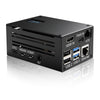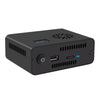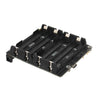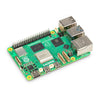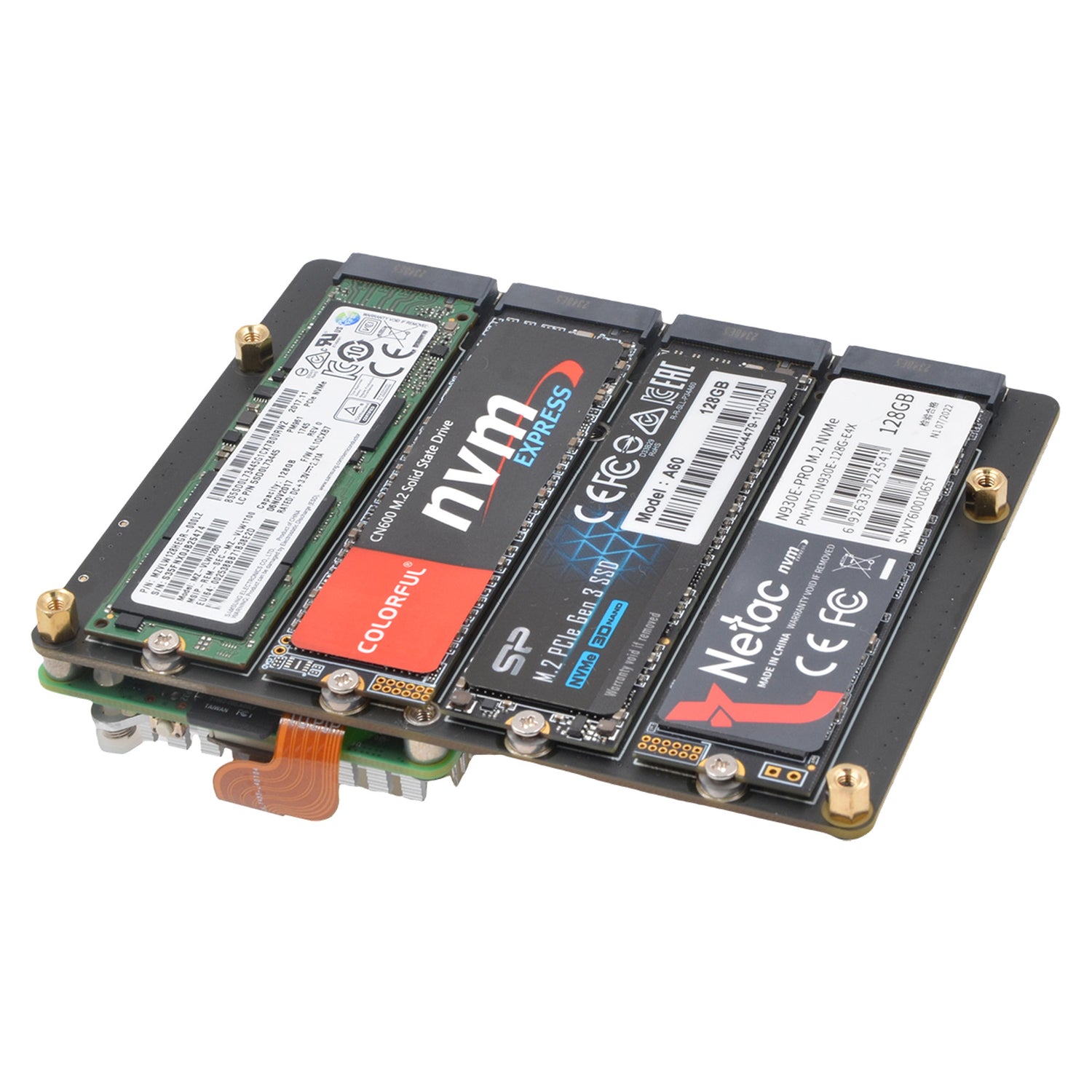The Raspberry Pi computer can do so much for you , but it has its limits. But like any computer, those limits can be pushed, if you know what you're doing.
Overclocking is a feature built into the Raspberry Pi, and once you've learnt how to overclock your Pi you'll be doing it all the time. As with a desktop computer, pushing the processor in this way can be made even easier with cooling solutions.
Heat sinks, fans, and even liquid cooling are all options for the Raspberry Pi. The following ideas are specifically for your Raspberry Pi 3.
Why Make Heat Dissipation of Your Raspberry Pi?
In most cases, you do not need to worry about keeping your Raspberry Pi 3 cool. However, if you’re employing it as a Kodi media center or as a retro gaming center then there is a good chance that doing this will prove useful.
Heat is the enemy. When a processor gets busy, it gets warmer. This heat slows things down, leading to more processing… It's a vicious circle. Reducing the heat produced by computers improves performance. This is why GPUs come with huge heat sinks and cooling fans attached, to draw the air away. It's also why PC towers have inlet and outlet fans.
When it comes to the Raspberry Pi, the same rules apply. But be warned: while cooling your Raspberry Pi can help, there is a physical limit that will restrict what you can do with it. Even putting your Raspberry Pi in the freezer won't help here.
1. Raspberry Pi Small Heat Sinks
To get started with cooling your Raspberry Pi, you might consider attaching heatsinks. These are typically available in pairs, one for the System on a Chip (the Broadcom BCM2835 SoC, a stacked CPU, GPU, and RAM chip), and one for the LAN chip (which controls the Ethernet adapter).
Heat sinks for the Raspberry Pi usually have the thermal adhesive applied already. All you need to do is peel back the protective film, and attach to a clean CPU (use 91+% rubbing alcohol and a cotton wool bud to be sure).
In most cases, standard heat sinks can be purchased from online. Several different types are available, but they’re all very similar. They're also very affordable. If you have multiple Raspberry Pi's it’s worth equipping them all with heat sinks.

2. Fit a small V31 Fan to Your Raspberry Pi Computer
The majority of heat sinks in desktop computers have a fan attached, and its especially true in laptops. Here, heat sinks draw heat from the CPU and GPU, thanks to one or more fans situated around the outside of the device, and not connected to the heatsinks.
If you want something a bit more active, however, then it's possible to connect a fan to your Raspberry Pi to keep the device cool. All you need is a suitable fan for you raspberry pi, which is connected to two GPIO pins for power.

How Do You Keep Your Raspberry Pi Cool?
Standard operation of the Raspberry Pi probably won’t require any cooling. But it’s always a good idea to use the standard heat sinks. Your Pi’s case might not be as air-flow friendly as you think.
If you’re concerned about your cooling solution, then you can check the current temperature with a single terminal command:
If you’re trying any of these cooling solutions, however, a tool that pushes the CPU and measures the system temperature is more useful. The sysbench program is ideal for this.
Remember, there are five ways to cool an overclocked Raspberry Pi:
- Standard heat sink
- Custom-made big heat sink
- Fit a fan
- Reduce temperature with water cooling
- Suspend your Pi in mineral oil


